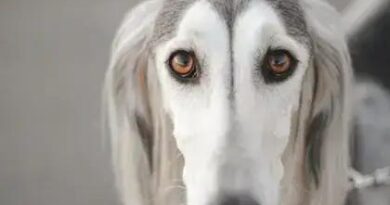What is Visual identification
What is Visual Identification?
Visual identification refers to the process of recognizing and categorizing an object, animal, or person based on visual cues. In the context of dogs, visual identification can encompass various aspects, including breed recognition, color patterns, and distinctive physical features. This method is crucial for dog owners, breeders, and enthusiasts who wish to understand and appreciate the diversity within canine species.
The Importance of Visual Identification in Dogs
Understanding visual identification is essential for several reasons. First, it aids in the proper identification of breeds, which can influence training methods, dietary needs, and health considerations. Different breeds exhibit unique behaviors and characteristics, making visual identification a valuable tool for ensuring that dogs receive the appropriate care and attention they require.
Key Features for Visual Identification
When visually identifying a dog, several key features come into play. These include coat color, size, ear shape, tail type, and facial structure. Each breed has specific traits that can help in distinguishing one from another. For instance, the long ears of a Basset Hound or the distinctive snout of a Bulldog are easily recognizable and serve as critical identifiers.
Visual Identification Techniques
There are various techniques employed in visual identification. One common method is comparing a dog’s physical attributes against breed standards outlined by kennel clubs. Additionally, using visual aids such as breed charts or mobile applications designed for dog identification can enhance accuracy. These tools provide a visual reference that can simplify the identification process.
Challenges in Visual Identification
Despite its usefulness, visual identification can present challenges. Mixed-breed dogs, for example, may exhibit a combination of traits from multiple breeds, making it difficult to pinpoint their exact lineage. Furthermore, variations within a breed can lead to confusion, as not all dogs will conform to the typical breed standards. This complexity necessitates a deeper understanding of canine genetics and breed history.
Visual Identification and Dog Training
Visual identification plays a significant role in dog training. Recognizing a dog’s breed can inform trainers about the best training techniques to employ. For instance, herding breeds like Border Collies may require different training approaches compared to toy breeds like Chihuahuas. Understanding these nuances can lead to more effective training sessions and better outcomes for both the dog and the owner.
Visual Identification in Dog Shows
In the realm of dog shows, visual identification is paramount. Judges rely heavily on their ability to visually assess dogs against breed standards to determine conformation and overall quality. This process not only highlights the importance of visual identification but also emphasizes the dedication of breeders and owners in presenting their dogs to the best of their abilities.
Technological Advances in Visual Identification
With advancements in technology, visual identification has become even more sophisticated. Tools such as facial recognition software and AI-driven applications are now being developed to assist in identifying dog breeds. These innovations can provide quick and accurate results, making it easier for pet owners and professionals alike to understand the breeds they are working with.
The Future of Visual Identification in Canines
The future of visual identification in dogs is promising, with ongoing research and technological developments. As our understanding of canine genetics and behavior evolves, so too will our methods of identification. This evolution will not only enhance the accuracy of breed identification but also contribute to better health and welfare practices for dogs around the world.




